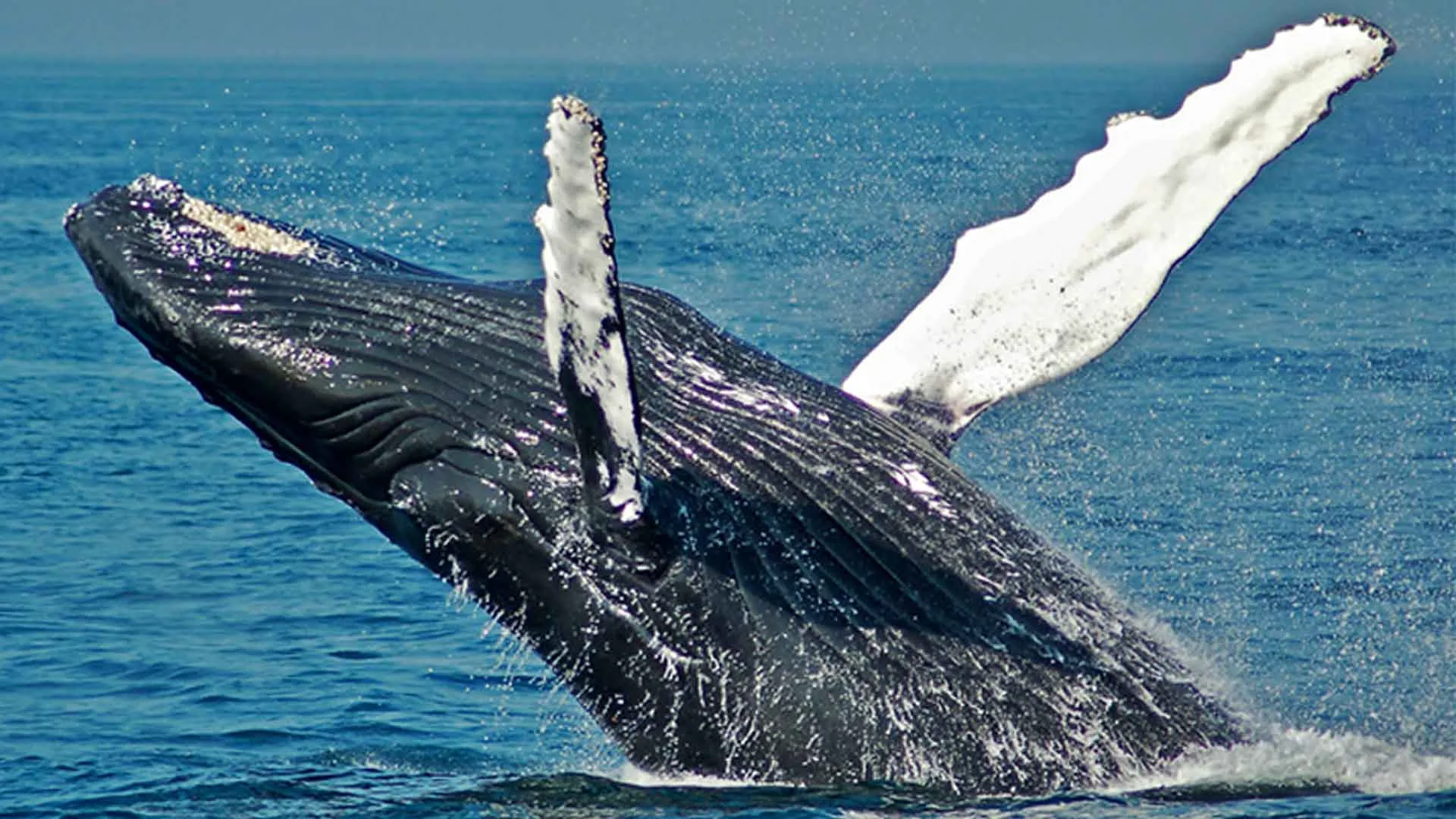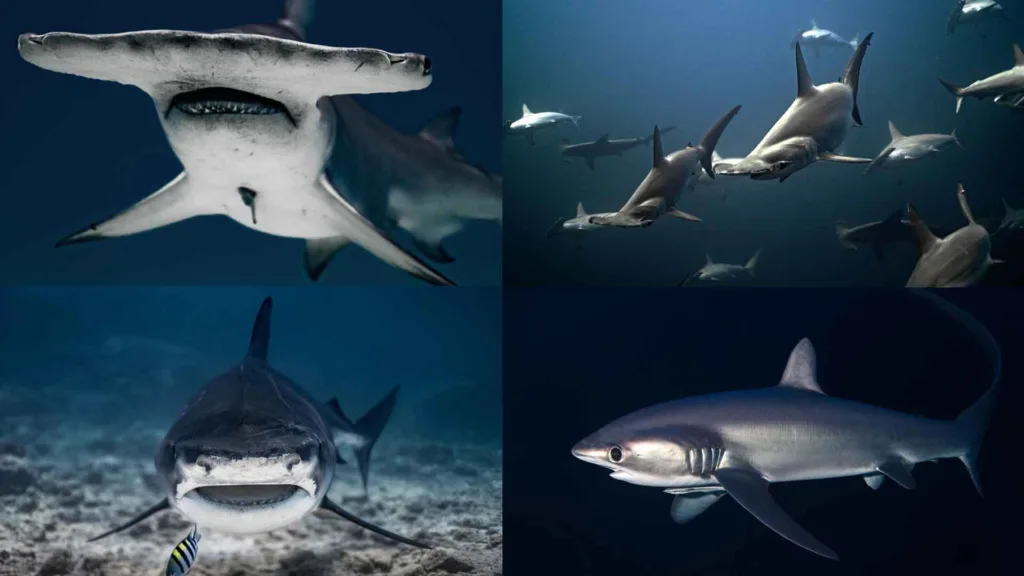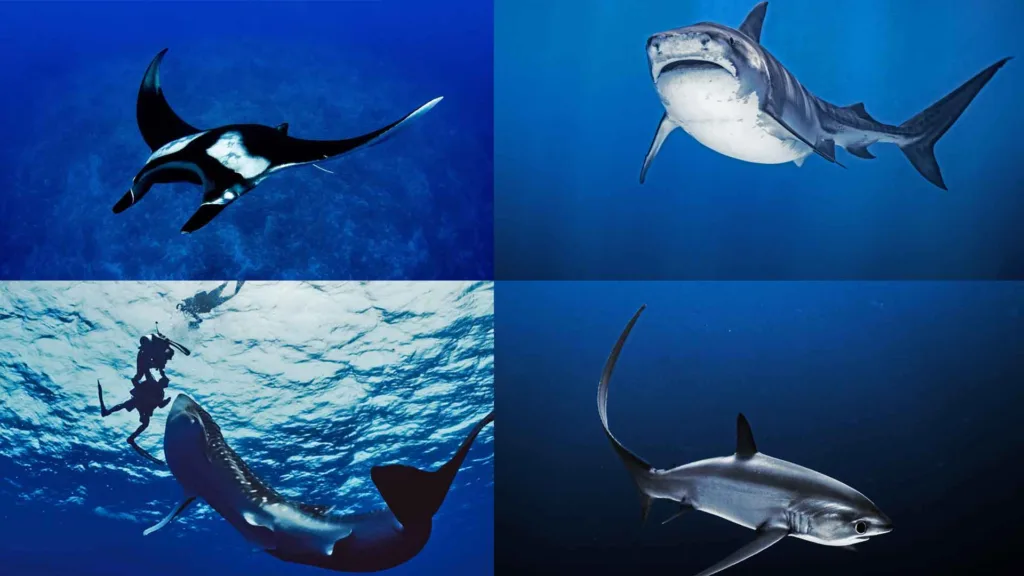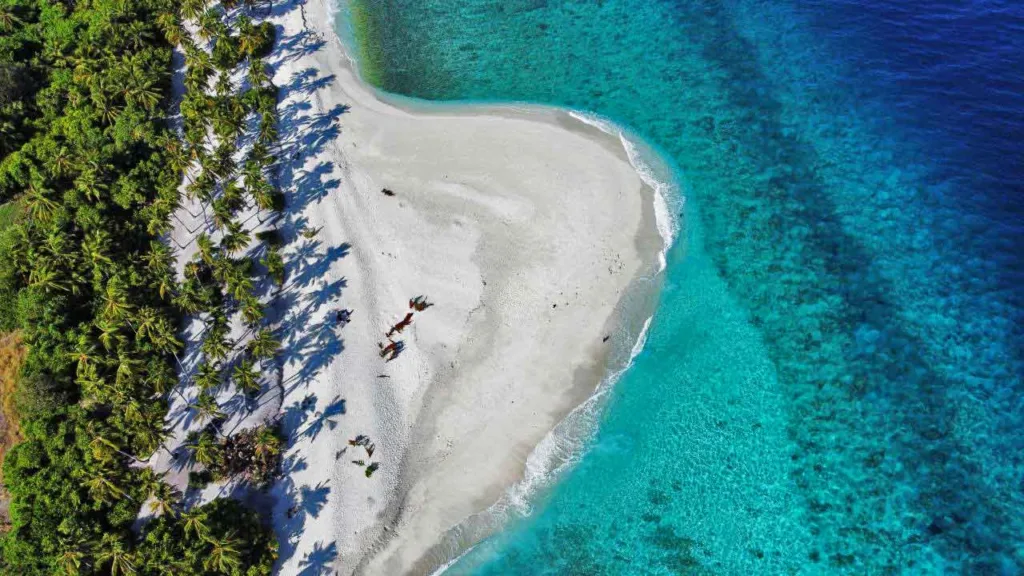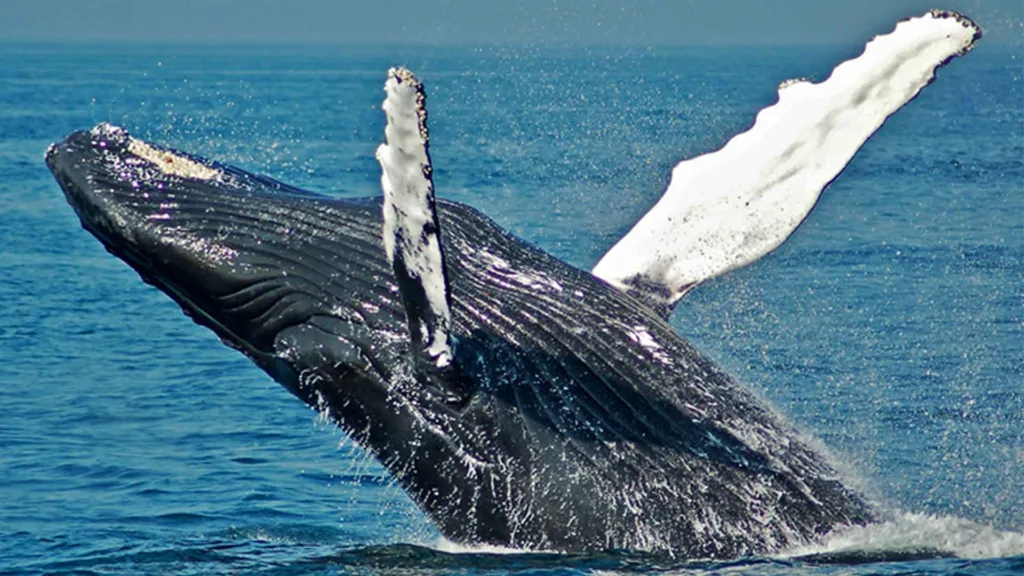
The Maldives is located at the heart of the International Whaling Commission’s (IWC) Indian Ocean Sanctuary and has a century-rich cetacean fauna. The Maldives’ vast ocean and rich biodiversity are home to species ranging from tiny organisms to the largest and most magnificent sea creatures. Cetaceans are among the most iconic species in Maldivian waters. This article simply summarises the earliest evidence of cetaceans in the Maldivian oceans.
From the early 1970s, the Maldives had recorded cetaceans. The very first record of cetaceans was made by French merchant shipowner and naturalist Jean Jacques Dussumier (Arvy; Gilpatrick et al., 1987). Over the course of several trips in the 1950s and 1960s, Dutch captain Willem Morzer Bruyns saw whales and dolphins in the Maldives.
In 1967, the renowned French explorer Captain Jacques Yves Cousteau also observed cetaceans in the Maldives. Since 1972, there have been several sightings across the Maldives. However, the information, distribution, abundance, behaviour, and ecology of the early records were limited.
Between August 1990 and June 2002, observations and results were documented in Maldivian waters (Anderson 2002). From August 1990 to June 2002, researchers made 68 sea trips to the Maldives, spending a total of 535 days at sea. Observations were taken from several vessels. Each atoll was visited more than five times between 1990 and 2002. A total of 1829 sightings were reported. The researchers also recorded 129 strandings, totalling 2016 sightings of cetaceans.
This study identified 20 species of cetaceans. Prior to this study, 19 species of cetaceans were recorded in the Maldives. However, this study discovered one new record of the humpback whale (Megaptera novaeangliae). The spinner dolphin was the most common species, with 691 recorded sightings. Bottlenose dolphins were the second most frequently observed, with 260 sightings. The Risso’s dolphin came in third place, with 224 recorded sightings. Next came the spotted dolphin (69 sightings), followed by the striped dolphin (46 sightings), Fraser’s dolphin (19 sightings), and the rough-toothed dolphin (6 sightings).
The researchers also discovered cetacean associations with seabirds, tuna, and other fish. Tuna accounted for 64% of all spotted dolphin sightings. The majority of the tunas were yellowfin. Furthermore, 58% of spotted dolphins were associated with seabirds. The most common seabirds they discovered were the lesser noddy (Anous tenuirostris) and the sooty tern (Sterna fuscata). They also discovered spinner dolphins, Bryde’s whales, striped dolphins, killer whales, dwarf sperm whales, false killer whales, melon-headed whales, Risso’s dolphins, and rough-toothed dolphins interacting with seabirds and tuna.
The researchers discovered spinner and bottlenose dolphins on the atolls. The majority of the species observed were not native to the atolls. They observed distinct cetaceans in the southern Maldives. Melon-headed whales were widespread in the south. It was rarely seen in the north or centre. Spotted dolphins were also common in the southern Maldives. They also discovered several species near the steep outer atoll reef slopes, including the dwarf sperm whale, Risso’s dolphin, short-finned pilot whale, Cuvier’s beaked whale, and Blainville’s beaked whale.
